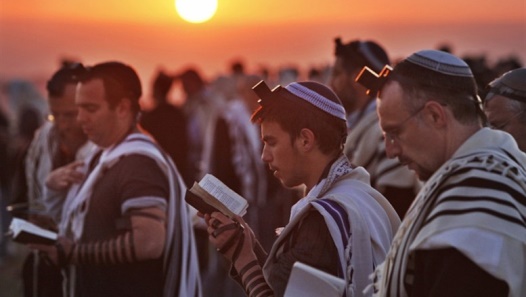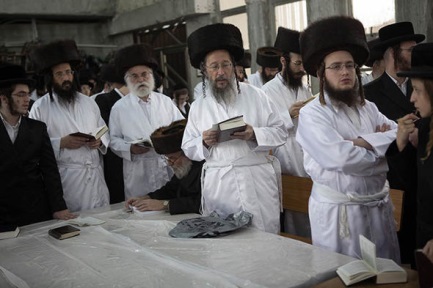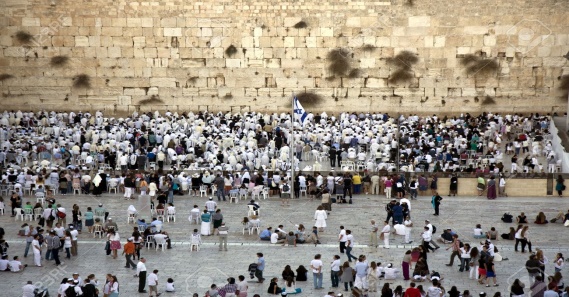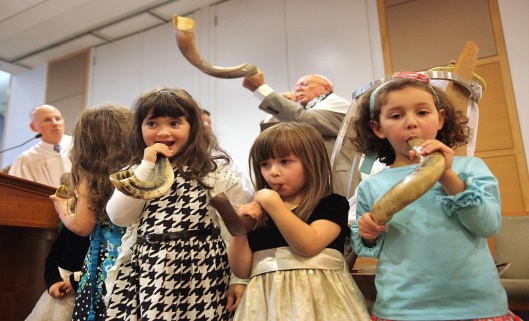
-
 History of Religions
History of the 3 Monotheistic religions (Judaism, Christianity and Islam) and of the main different Christianity confessions (Roman Catholicism, Eastern Catholicism and Eastern Orthodoxy, Anglicanism and Protestantism)
History of Religions
History of the 3 Monotheistic religions (Judaism, Christianity and Islam) and of the main different Christianity confessions (Roman Catholicism, Eastern Catholicism and Eastern Orthodoxy, Anglicanism and Protestantism)
-
 Pedagogical Approaches
New pedagogical approaches to teach history of religion
Pedagogical Approaches
New pedagogical approaches to teach history of religion
-
 Role of Religions in Civilization
How to didactically promote among students of different confessions, the capacity of a critical analysis and understanding of the role played by religions in the history of mankind
Role of Religions in Civilization
How to didactically promote among students of different confessions, the capacity of a critical analysis and understanding of the role played by religions in the history of mankind
-
 Interreligious Students’ Competences
Set of teaching contents, to be used by teachers to highlight and valorize the universal values of tolerance and universalisms that all Monotheistic religions and religious texts contain to promote and sustain mutual understanding among students
Interreligious Students’ Competences
Set of teaching contents, to be used by teachers to highlight and valorize the universal values of tolerance and universalisms that all Monotheistic religions and religious texts contain to promote and sustain mutual understanding among students
-
 Managing Multi-Religious Classes
Teaching Sources to help teachers dealing with multicultural and multi-religious classes
Managing Multi-Religious Classes
Teaching Sources to help teachers dealing with multicultural and multi-religious classes
-
 Introduction
A comparative review of the liturgical celebrations, ceremonies and dietary rules existing in the different religions.
Introduction
A comparative review of the liturgical celebrations, ceremonies and dietary rules existing in the different religions.
-
 Celebrations
Description and comparative analysis of the celebrations of different religions and confessions
Celebrations
Description and comparative analysis of the celebrations of different religions and confessions
-
 Ceremonies
Description and comparative analysis of the ceremonies of different religions and confessions
Ceremonies
Description and comparative analysis of the ceremonies of different religions and confessions
-
 Dietary Rules
Description and comparative analysis of the dietary rules of different religions and confessions
Dietary Rules
Description and comparative analysis of the dietary rules of different religions and confessions
Events
The Pathway through Religions project has been promoted trough conferences and articles.
Partnership
-
 Contractual Partners
From this section it is possible to access to a description of each contractual partner of the Pathway through Religions project.
Contractual Partners
From this section it is possible to access to a description of each contractual partner of the Pathway through Religions project.
-
 Schools
From this section it is possible to access to the information about the schools involved in the Pathway through Religions Project in the European countries involved.
Schools
From this section it is possible to access to the information about the schools involved in the Pathway through Religions Project in the European countries involved.
-
 Associated Partners
As a result of the exploitation activity a number of associated partners officially joined the project in order to contribute to the improvement of the project impact on their target groups and to ensure the project sustainability by continuing using the project deliverables in the next years.
Associated Partners
As a result of the exploitation activity a number of associated partners officially joined the project in order to contribute to the improvement of the project impact on their target groups and to ensure the project sustainability by continuing using the project deliverables in the next years.
This section of the Pathway through Religions portal provides administrative information for the project contractual partners and for the European Commission and it is password protected.
Celebrations
Homepage > Training Course > Celebrations

Description and comparative analysis of the celebrations of different religions and confessions
Celebrations
Just months after the people of Israel left Egypt in the year of 2448 from creation (1313 BCE), they sinned by worshipping a golden calf. Moses ascended Mount Sinai and prayed to God to forgive them. After two 40-day stints on the mountain, full Divine favor was obtained. The day Moses came down the mountain (the 10th of Tishrei) was to be known forevermore as the Day of Atonement—Yom Kippur. This practice continued for hundreds of years, throughout the time of the first Temple in Jerusalem, which was built by Solomon, and the second Temple, which was built by Ezra. Jews from all over the would gather in the Temple to experience the sacred sight of the High Priest performing his service, obtaining forgiveness for all of Israel.When the second Temple was destroyed in the year of 3830 from creation (70 CE), the Yom Kippur service continued. Instead of a High Priest bringing the sacrifices in Jerusalem, every single Jew performs the Yom Kippur service in the temple of his or her heart.
Forty days before Yom Kippur, on the first of Elul, people begin blowing the shofar every morning and reciting Psalm 27 after the morning and afternoon prayers. In Sepharadic communities, it is customary to begin saying Selichot early every morning (Ashkenazimbegin just a few days before Rosh Hashanah)—building an atmosphere of reverence, repentance and awe leading up to Yom Kippur. Just as Yom Kippur is a day of fasting, the day before Yom Kippur is set aside for eating and preparing for this holy day. Here are some of the activities that people do on the day before Yom Kippur:
Holiday candles are lit before the onset of the holy day.
No work is to be done on Yom Kippur, from the time the sun sets on the ninth of Tishrei until the stars come out in the evening of the next day.
On Yom Kippur, people afflict theirrselves by avoiding the following five actions:
- Eating or drinking (in case of need they consult a medical professional and a rabbi)
- Wearing leather shoes
- Applying lotions or creams
- Washing or bathing
- Engaging in conjugal relations
Beyond specific actions, Yom Kippur is dedicated to introspection, prayer and asking Gоd for forgiveness. Even during the breaks between services, it is appropriate to recite Psalms at every available moment.

Yim Kippur celebration Jewish people reading Torah

Five prayer ceremonies take place over the course of the day: Maariv, Shacharit, Musaf, Minchah and Neilah

An exploration of the weekly Torah portion, produced by the Conservative Yeshiva in Jerusalem

The wailing wall in Jerusalim at Yim Kippur

Children blow their shofars (ram`s horns). The Torah prescribes the sounding of the shofar but does not say when or how this ritual is to be performed. It is composed of three sets of blasts, each consisting of three repetitions of three notes
The video explains how to prepare for Yom Kippur – fasting and other important steps


